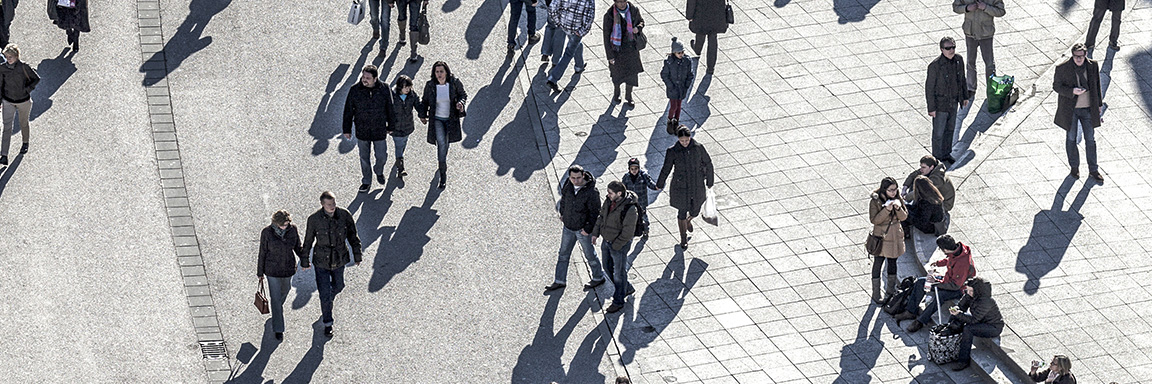
For some, such as those under medical treatment, or the diabetics, being infected by an MRSA or by a fungus is not a simple matter. An innocent fungal infection of the foot skin can become a nightmare. It is an open door for bacteria that might enter the leg and start a deep infection.
Diabetics and senior citizens have higher risks of being infected. So do youth and athletes who spend more time in barefoot environments.
In addition, an individual who gets infected will bring a fungus, a staphylococcus or another pathogen at home, being a source of further infections.
Diabetics
A diabetic foot ulcer is a serious problem: it can lead to amputation. One of the causes of an ulcer is the infection of the foot, often starting with a fungal infection. It can open a door to a secondary bacterial infection. This is why foot hygiene is so important for diabetics. To complicate the problem, many diabetics have neuropathy (the superficial nerves of the feet are damaged), which means that they will not feel the beginning of an infection since their feet will not itch or burn, and are therefore more vulnerable to a fungal infection.
Diabetes should be managed by exercising: swimming, fitness, … Here is the paradox: although diabetics need so much to move regularily, some activities are generally excluded due to the risk of dermatophytic infection!
With Abioniv, spas, swimming pools and fitness centers can offer more safety to diabetic individuals (10% of the population in Europe (WHO)). Sport can be practiced with a lower probability to endanger health.
Senior Citizens
The elderly individuals are more prone to get tinea pedis (fungal infection of the foot skin), or another infection. For this category of the population the complications are more severe:
For instance, eresypela (deep infection of the leg), onychomycosis (infection of the nail), that can lead to severe distrophy of the nails: it can cause pain and limit the mobility.
Athletes
Tinea pedis is also called athlete’s foot. This is because athletes present an increased risk of dermatophytic infection as a result of increased contact with swimming pools, dressing rooms, showers, and, to a lesser degree, to a depressed immune function.
Sports participation has the largest impact on the prevalence of Tinea pedis in the younger population.
One of the complications of Tinea pedis is the infection of the nail, onychomycosis, which might be merely a nuisance and an embarrassment. In some cases, though, it might force an athlete to discontinue his training, due to pain.
It is still a challenge to cure an onychomycosis.